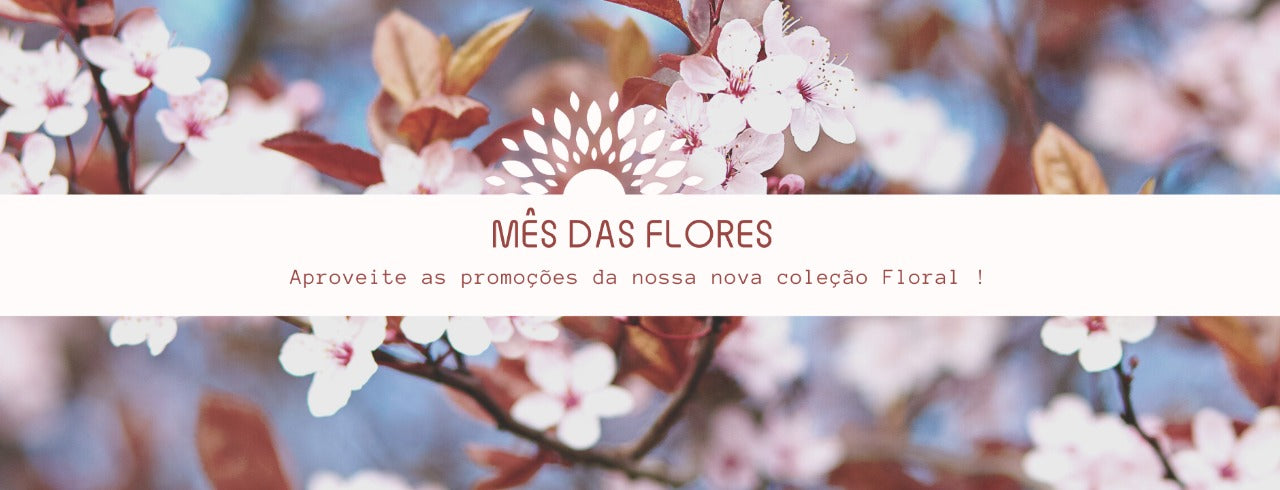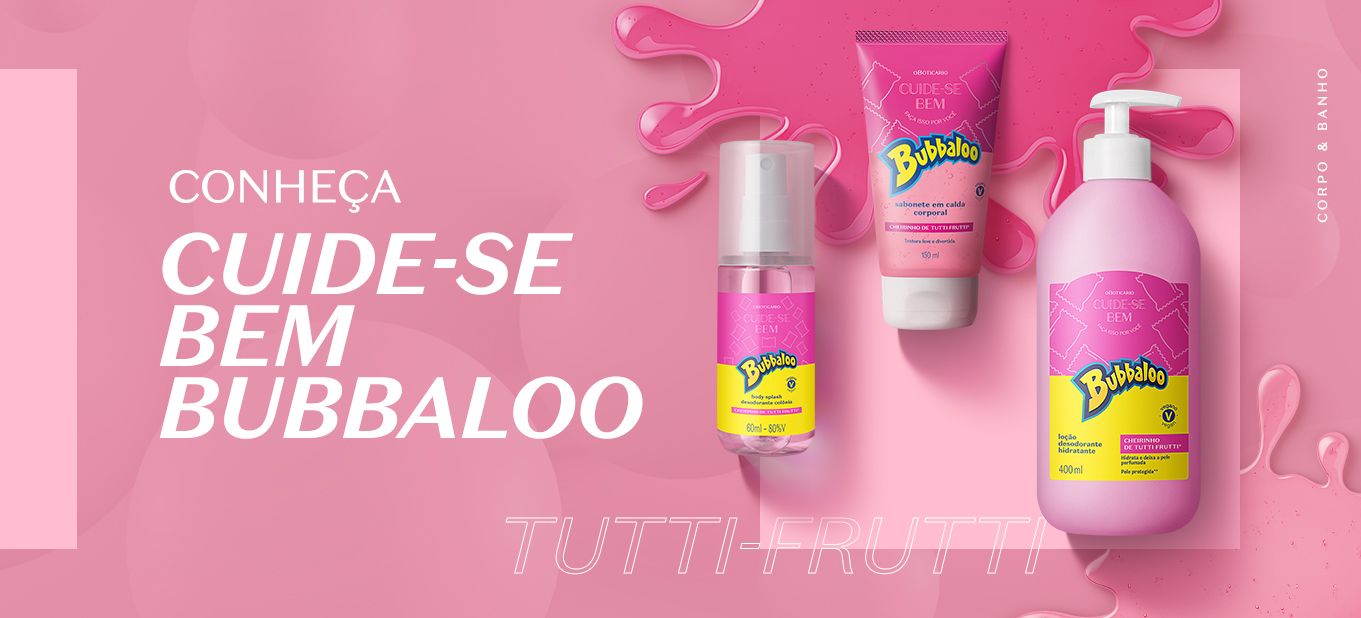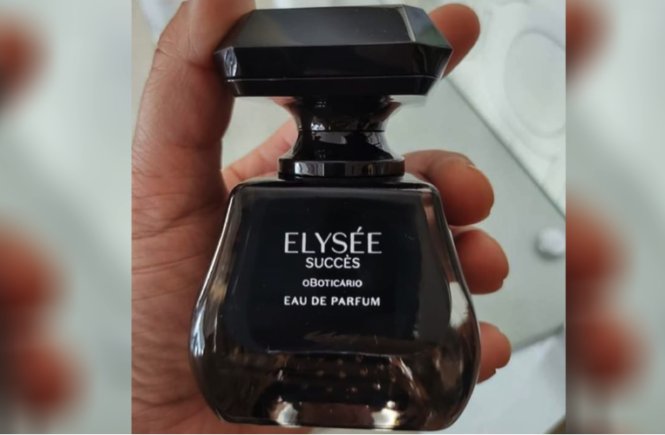We know that flowers are important in perfumes, but many think that they are only important for the heart of a fragrance. However, flowers play a much more important role.
Flowers can be found at the top (such as the light flowers, which often replace citrus and aromatics), in the body (the more opulent and full-bodied flowers) and even at the bottom (such as the rhizome of the iris).
The best-known flowers in perfumery are undoubtedly jasmine and rose, but there are many other important flowers I want to talk about. Gradually, many floral lovers have come to know and understand their roles in fragrance creations, knowing what to expect from them in terms of intensity and performance. These are segmented below:
1 - LIGHT FLORALS
These are florals that have a cheerful, airy quality and, in general, the flowers that are already felt at the beginning or at the top of a fragrance, such as the pink peony, the fruity freesia, the fruity magnolia (with a slight scent of red fruit), the green and watery muguet, or lily of the valley, which are very fragile flowers to be distilled and are therefore chemically reconstituted in the laboratory, so that we have access to these magnificent scents. Neroli comes in here as an essential oil distilled in orange blossom water, bringing a fresh, citrusy scent of great strength.
2 - HEAVY OR OPULENT FLOWERS
These are the most famous in classic perfumery and have been used, some for hundreds of years. Jasmine, rose, ylang ylang, tuberose and orange blossom are considered narcotic flowers in perfumery because they are intense, striking and have a hypnotic, burning and calming quality.
3 - OTHER POTENT FLOWERS
a) bourbon geranium (Pelargonium Graveolens), so called because it comes from Reunion Island (formerly Bourbon Island), near Madagascar. It has a strong pink and green, minty note at the start, a bit like citronella, and then a penetrating, long-lasting rose scent. Widely used in shareable perfumery.
b) VIOLETA (Viola Odorata) - this is not the violet known in Brazil. It is the fragrant Odorata from Europe. It is not possible to obtain the essential oil directly from the flowers, so the leaves and stems of the violet are used:
b1) VIOLET FLOWER - there is the alternative of reproducing the flower's scent in the laboratory using other raw materials, such as ionones. Its scent is floral, green, sweet and talc-like.
b2) Violet leaves - Violet leaves can be obtained by distilling the leaves and stems. Its flowers are sold on the flower or confectionery market, for culinary use in Europe. Its scent is similar to that of iris, green, pasty and floral. A scent that promotes optimism and a good mood.
c) CRAWBERRY (Dianthus Caryophyllus), or carnation, the flower, not the spice (which is clove) has a floral, spicy, rosy, clove-like smell. Its distillation produces little oil and is very intense, which is why it is used sparingly in certain floral and oriental notes. In many perfumes, its note is replaced by synthetic molecules with the same spicy quality.
d) Iris (Iris Germanica, Iris Palida or Iris Florentina), with a woody-green, violet scent. Very elegant, with notes of violet. It is not possible to extract oil from its flowers, so perfumers synthetically recreate the scent of some flower varieties.
d1) IRIS RIZOME OR ORRIS ROOT - this is the part used in perfumery. Its absolute is one of the most expensive ingredients in perfumery and is only used in prestigious perfumes. In powder form, they were often used to scent talcum powder or face powder, hence the link with the smell of make-up.
CROP
Yes, the harvest interferes with the scent and appearance of the essential oil, depending on the weather conditions: rain, or lack of it, winds, storms, river floods, floods, and so on.
To prevent this from becoming a hindrance to working with naturals, the perfumery works with the crop mix system, ensuring that essential oils have equivalent scents all year round. Only those recreated in the laboratory don't have this problem, due to production control.
By working under the vintage concept, the consumer is alerted to possible differences in smell and color, as well as the lack of an ingredient.
ROSE
The group of rose and pink scents includes not only the various types of roses, but also peony and geranium. Roses and their essences are infinitely varied. A gardener can tell. If you have access to the bush, have you ever noticed that roses smell different at different times of the day and that the intensity of the scent increases before thunderstorms? In addition, rose, like jasmine, blends very well with any other oil, bringing out the best in the other notes with its intense body. They say that rose is an aphrodisiac, keeps away melancholy and cheers the heart. Mine, at least, is very happy.
a) DAMASCENA OR BULGARIAN ROSE - rose scent, floral, fresh, nuances of lychee, raspberry, reminiscent of geranium, delicate, luxurious.
b) MAY ROSE OR CENTIFOLIA (absolute rose) - rose scent, floral, intense, rosy, full-bodied, velvety, fatty, reminiscent of honey, cosmetic.
JASMINE (Jasminum Grandiflorum)
Jasmine is perhaps the most important flower in perfumery because of its incomparable scent. There are many similar synthetic ingredients recreated in laboratories, but they can't compare to the natural scent of jasmine. Its scent is intense, indolic (animalic), penetrating, heavy, warm, not cold, but warming. It is considered narcotic because it takes over our senses and imagination. At certain times of the day, such as dusk, jasmine can be cloying, with its sweet and deep side, when the indolic notes stand out.
Like rose, there is almost no other ingredient with which jasmine doesn't harmonize well. And, as most perfumers recognize, no matter how much synthetic ingredients are developed to replace it, natural jasmine is still one of the main elements in perfumes. Another very deep and penetrating variety is jasmine sambac.
Jasmine refreshes rather than obscures the fragrance and has antidepressant and aphrodisiac properties.
YLANG YLANG
Ylang (Cananga Odorata) is one of the most important and ancient flowers used in perfumes. It has a floral, intense (some find it mild), ajasmine and spicy scent. When used in moderation, it has very interesting effects on the floral notes. It combines with jasmine, rose, bergamot and vanilla. It brings elegance, volume and originality to perfumes. Depending on the extraction, ylang can be multifaceted, being a perfume in itself. Perhaps because of the influence of its color, whenever I smell it in perfumes, I see a yellow fragrance. Ylang reduces doubt and anxiety and helps combat melancholy.
Tuberose
Often translated as angelica here in Brazil, it has nothing to do with the angelica (Angelica Archangelica) used in perfumes such as Guerlain's Angelique Noir. The tuberose currently used in many ajasmine and intense white floral perfumes has a floral accent of jasmine, a little fruity, like orange blossom, somewhat bitter, sweet, lactonic, indolic, almost nauseating. Its flower opens after dark, which is why some people call it the lady of the night. It is one of the most expensive ingredients in perfumery. The literature says that it develops intuition and helps solve problems.
ORANGE FLOWER (Citrus Aurantium)
Orange blossom is an expensive ingredient in perfumery. Extracted from the bitter orange, the flowers, when distilled, release neroli and, when extracted by solvent, orange blossom absolute. Petigrain is extracted from the leaves and twigs.
The scent of orange blossom is intensely floral, ajasmine-like (many confuse it with jasmine), indolic, sweet, penetrating and fresh. It adds freshness to floral blends, is great when used in heavy, oriental fragrances and is essential in citrus colognes. Its strength makes it an excellent body note in masculine and shareable fragrances.

Helen Augusto Writer
Brazilian author and translator, Helen Augusto has always been drawn to the fascinating world of fragrances. After working as a Sales Executive at Givaudan for over 20 years, she followed her inspiration to stay connected with perfumery, consumers and the industry with her Youtube channel, where she shares her knowledge and enthusiasm for perfumes. Helen has a solid technical and conceptual approach but she also enjoys being a storyteller, talking about her encounters with different ingredients and perfumes. She believes that fragrances arouse strong emotions.








